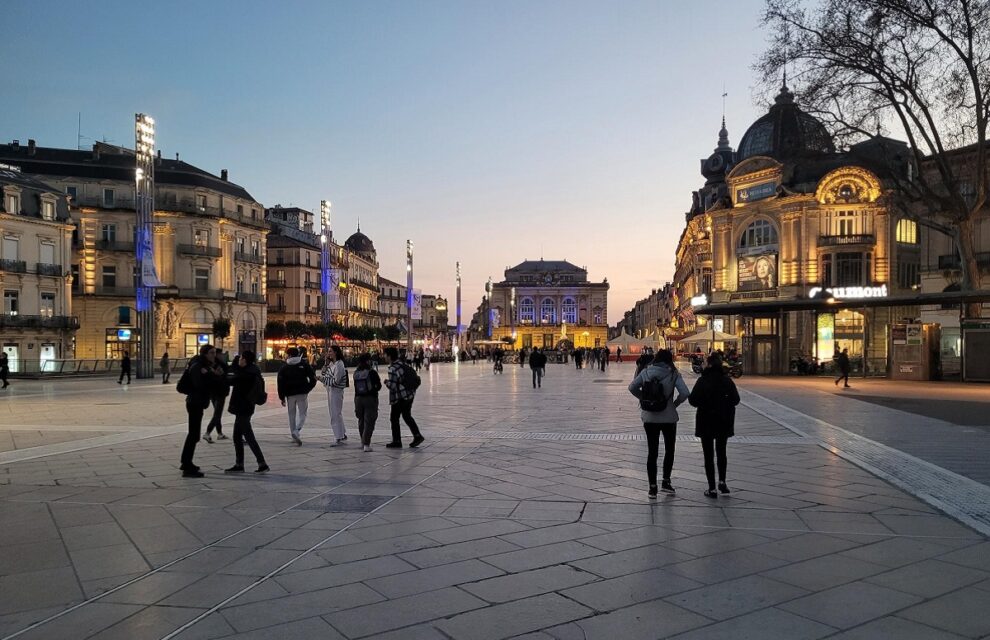I just presented The Blinding Sea at the Université Paul Valéry Montpellier 3, at the invitation of Jean-François Muracciole, a historian of the Second World War. In addition, Fabrice Marti was a key person organizing the event on behalf of the university.
I looked at the film together with faculty and students mostly at the Masters level, then we discussed it from the point of view of the craft of history, including military history, an area of particular interest at the university.
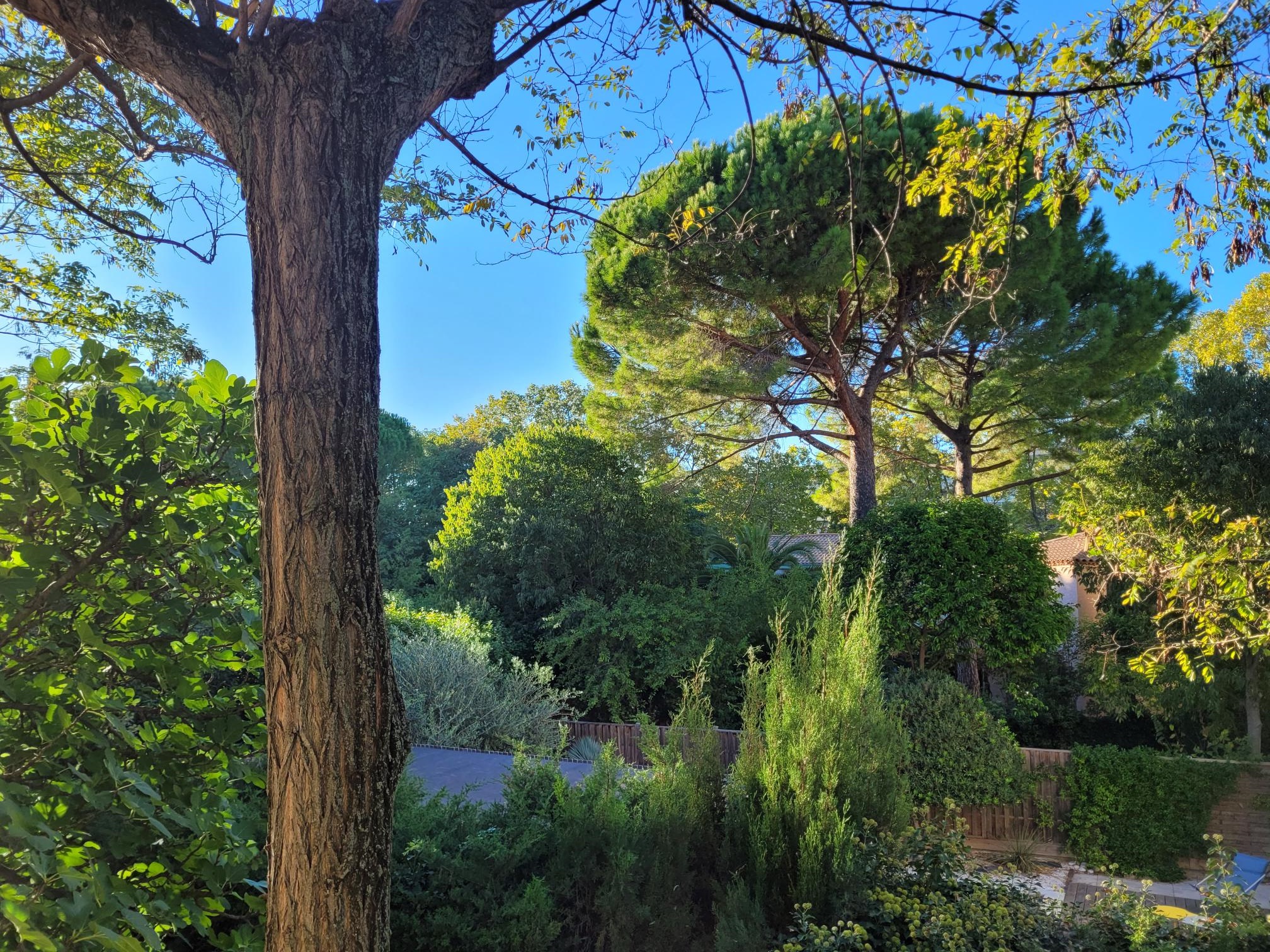
I mentioned the film brings together oral histories and documented sources, and required me to travel extensively in the polar regions with my cameras, and get to know people well enough that they felt comfortable appearing in the film.
Learning from scratch how to use video-cameras was challenging; finding ways to represent “the way it essentially was” for polar explorers and Aboriginal people over a century ago was also challenging. While based on painstaking factual research, the film conveys the outward experience of characters as well as their inner emotions, thoughts, hopes, fears and fantasies.
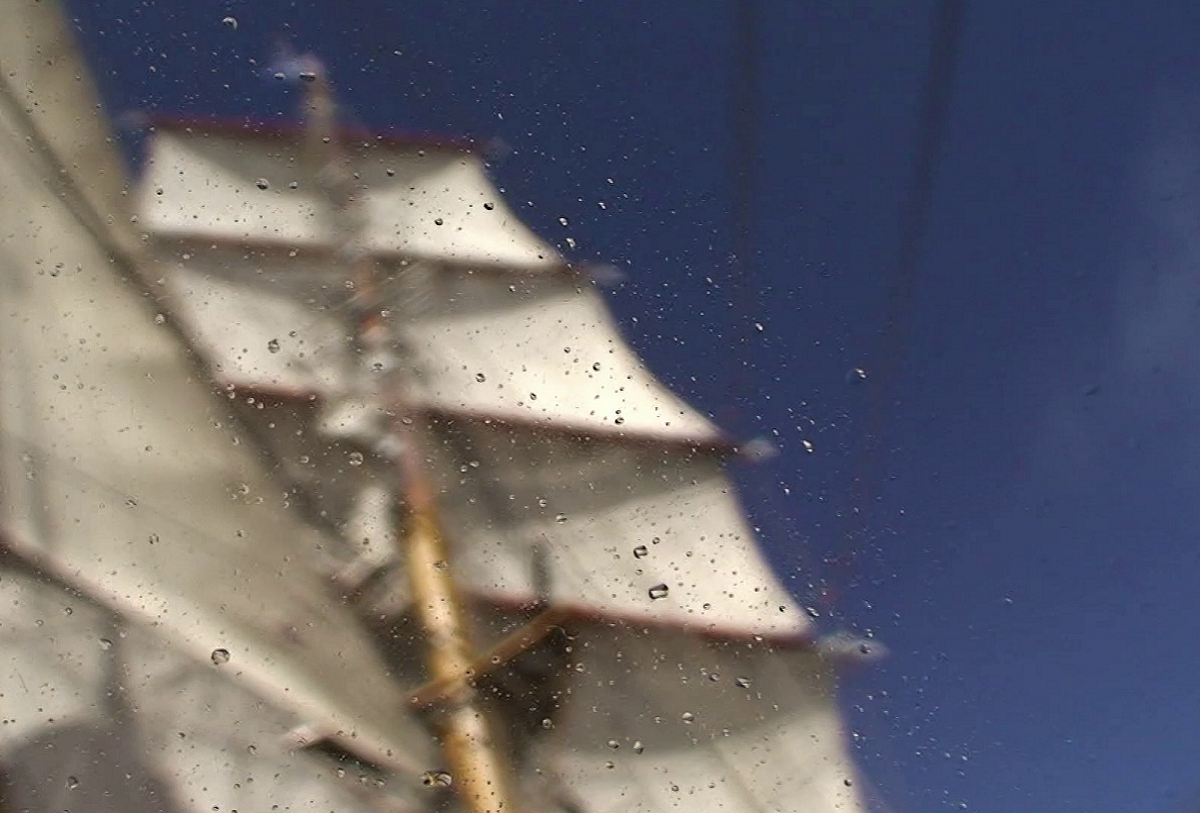
The audience were intrigued by the contrast between Robert Falcon Scott and Roald Amundsen, two of the main characters, and we discussed this subject at some length, focusing on their geopolitical ambitions as well as more personal goals. I mentioned that these two leaders had a very different way of conceptualizing what was likely to lead to success or failure on their respective expeditions to the South Pole.
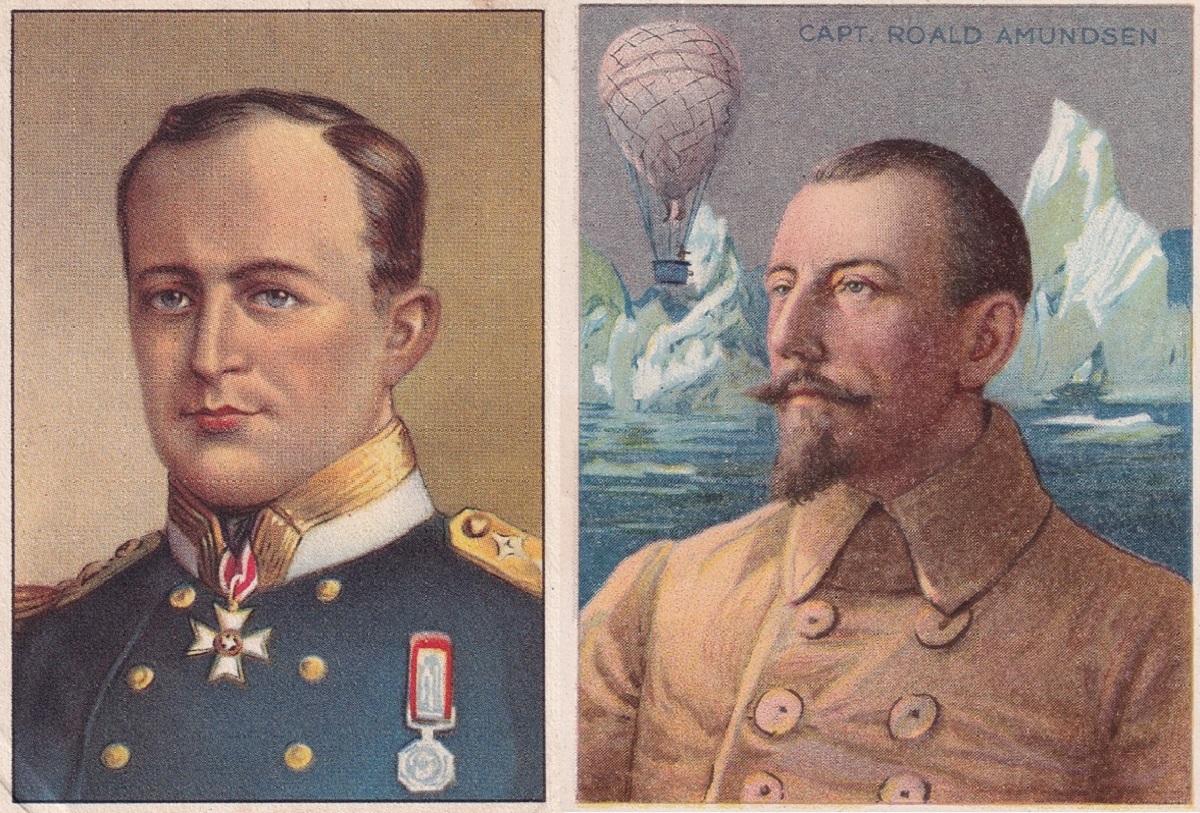
✓ For Amundsen, knowledge was open-ended, ever-changing, self-correcting, horizontal, it was both explicit and tacit, and it needed to be tested in real-world conditions – the key was accessing the best knowledge, which involved exercising judgment and making practical choices
✗ For Scott, knowledge was finite, explicit, and based on tradition and authority in a vertical world – the key was one’s moral/heroic aptitude in rising to the challenge of applying this knowledge, but in the absence of testing in real-world conditions, one had difficulty deciding which was the best knowledge
✓ For Amundsen, scurvy was a deficiency disease, so fresh meat, fruit and vegetables were the answer.
✗ For Scott, scurvy was a bacterial disease (caused by eating rotten food) which weak men got when they suffered breakdowns.
✓ For Amundsen, “Fresh meat” meant “fresh or lightly-cooked meat” – the process of boiling destroyed all nutritional value.
✗ Scott mistakenly believed that if he took meat that was fresh (and uncontaminated by bacteria), then boiled off the 75% that was moisture, this would leave a healthy and far lighter form of dry meat that was 20% protein and 5% fat, carbohydrates and minerals, while retaining all its original nutritional value.
✓ Amundsen accessed the best possible resources (Norwegian and Inuit methods, tools, skilled crew-members) and stretched his mind to deploy them to best advantage.
✗ Scott could have accessed resources that were widely acknowledged to be the best, but he chose not to, preferring British national solutions such as a mostly British crew, British wool garments rather than fur, etc.
✓ Weather in Antarctica was atrocious, so Amundsen left himself abundant margins of safety.
✗ Weather in Antarctica was atrocious, so Scott hoped things would work out despite the lack of safety margins.
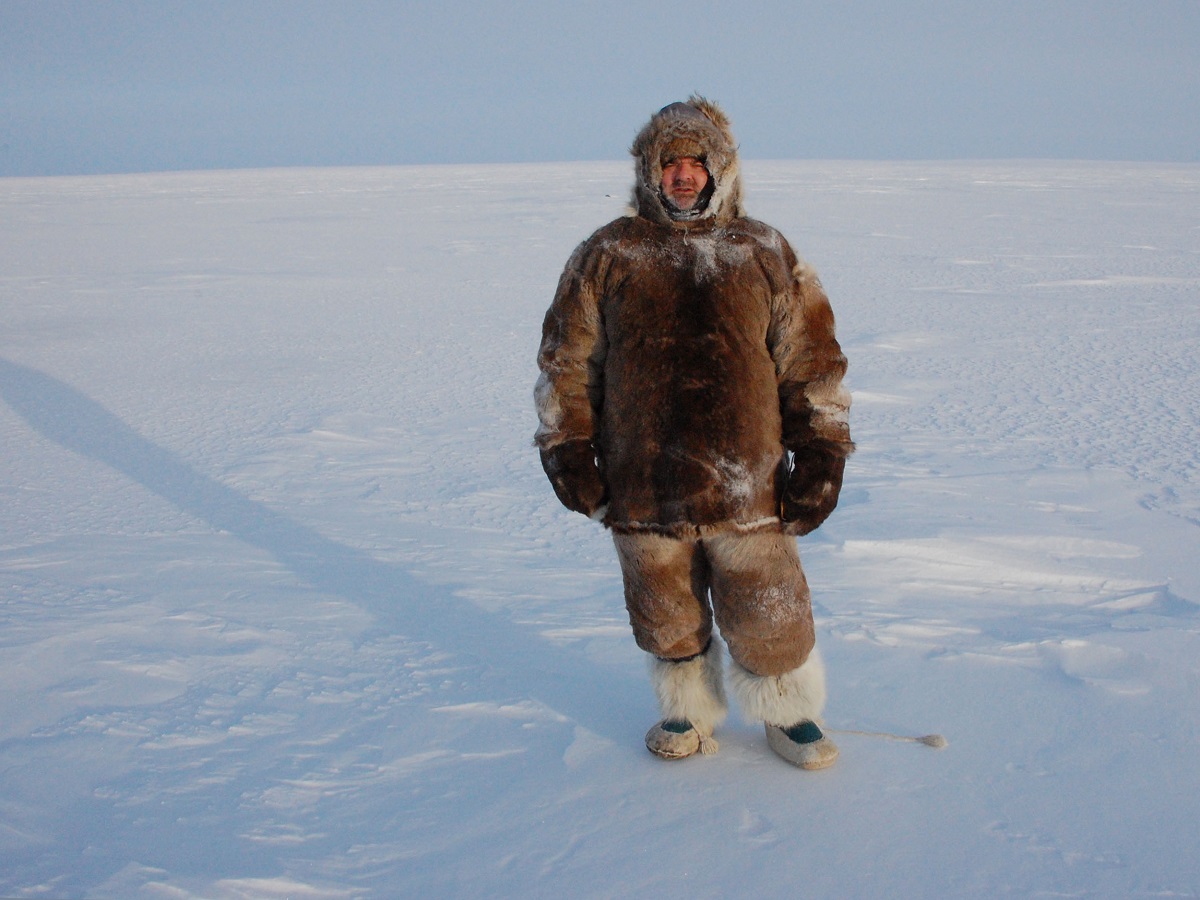
Our discussion in Montpellier then turned to Scott. Was he personally to be blamed for the outcome of his march to the South Pole, during which he and his remaining crew-members died of malnutrition, starvation, hypothermia, gangrene and probably scurvy? One man committed suicide.
It is not a good idea to assign blame after the fact. I said Scott was an officer of the Royal Navy, part of a powerful organizational system that didn’t see any need for out-of-the-box learning. In addition, many of the key decisions for his expedition were taken or at least shared with the expedition committee back in London. And yet … Scott was there, on the ground in Antarctica, and does not seem to have been capable of autonomous decision-making, no matter what the orders said.
For example, he could have learned from early ventures out onto the ice, such as the Winter Journey from June 27 to August 2, 1911, during which Edward Wilson, Apsley Cherry-Garrard and Henry Robertson Bowers marched to Cape Crozier and back. Actually, they barely made their way back to safety: their sweat had frozen and accumulated in their wool garments, encasing them in ice, from which they had to be sawed out. Scott praised their gallantry in heroically staying the course, no matter what: he didn’t realize this incident called for a fundamental rethink of the way his crew-members dressed when man-hauling. In heading out for the South Pole, on November 1, 1911, Scott and his fellow crew-members wore wool clothing as on the Winter Journey. Amundsen made sure his crew-members wore fur garments, like the Inuit.
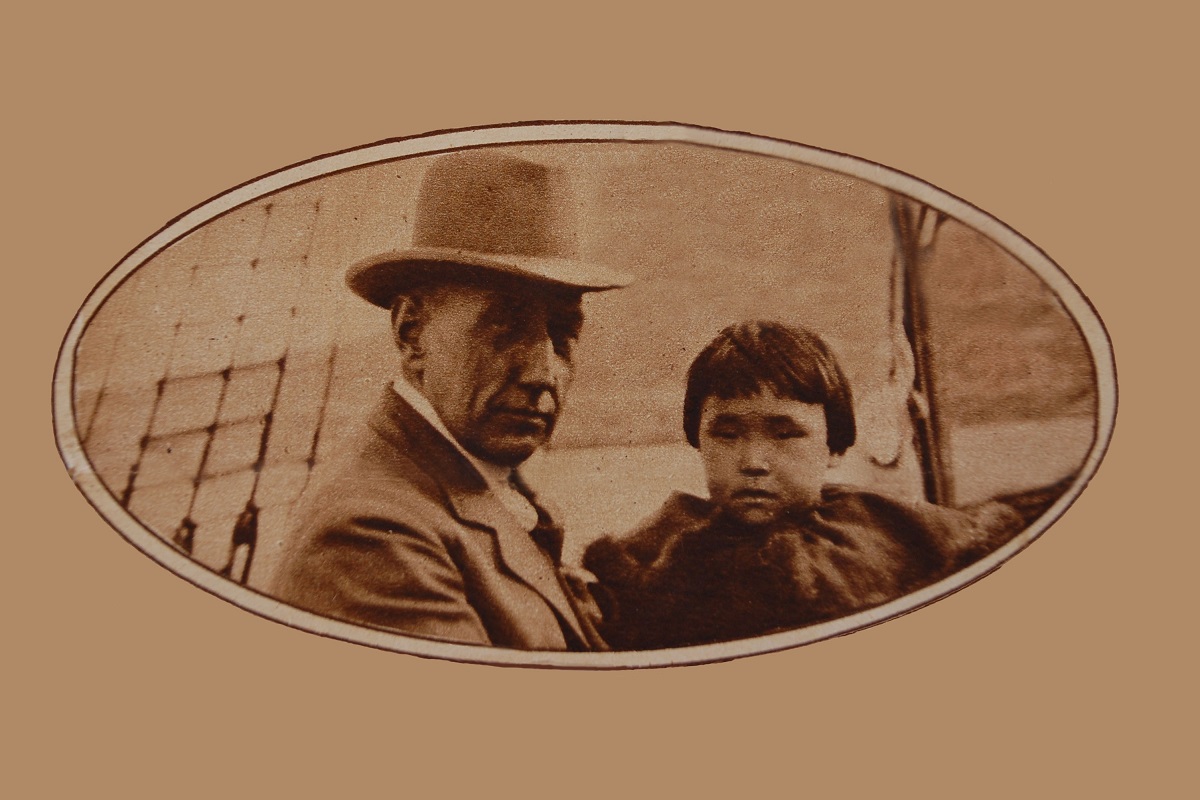
Fabrice Marti told me after the event that he would like to have known more about Scott, whom he found a fascinating character. He was also shocked by the way Amundsen treated Cakonita, the little Siberian Chukchi girl he adopted, then sent back to Siberia four years later, on going bankrupt. And I can only agree with this observation!
Thanks to Jean-François Murraciole, Magali Charreire and Fabrice Marti for organizing such a marvellous event, and for their generous hospitality at the Université Paul Valéry Montpellier 3.


